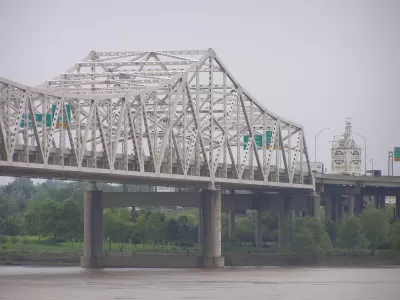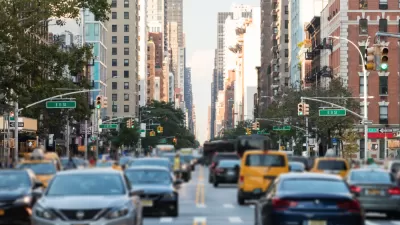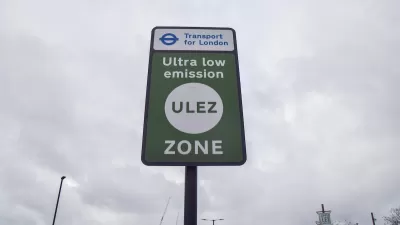Traffic on a Louisville freeway fell by half after a toll was implemented. Could this be the best way to reduce traffic congestion?

Writing in City Observatory, Joe Cortright suggests that congestion pricing is one of the most effective ways to reduce traffic. He points to an example from Louisville, where traffic on Interstate 65 fell by half after Indiana and Ohio instituted a $1 to $2 toll on a bridge across the Ohio River.
The two states spent a billion dollars doubling the size of I-65, only to have half as many people use the bridge. That money was wasted. Nothing more clearly illustrates the utter folly of highway expansions. As we’ve pointed out, highway engineers size roadways based on the assumption that the users will pay nothing for each trip. … But ask people to pay, and you’ll get fewer takers.
According to Cortright, this suggests that most drivers don't want to pay to use roads, and will avoid toll roads by taking alternate routes or alternate modes of transport, or not making some trips at all. Even a small toll, such as Louisville's $1 to $2 fee, can have a noticeable impact on congestion and road usage. Meanwhile, highway expansion has been repeatedly shown to induce demand and encourage more driving. While state DOTs have been slow to implement congestion pricing programs, road pricing, Cortright argues, is a "surefire fix for traffic congestion."
FULL STORY: How to solve traffic congestion: A miracle in Louisville?

Planetizen Federal Action Tracker
A weekly monitor of how Trump’s orders and actions are impacting planners and planning in America.

Maui's Vacation Rental Debate Turns Ugly
Verbal attacks, misinformation campaigns and fistfights plague a high-stakes debate to convert thousands of vacation rentals into long-term housing.

Restaurant Patios Were a Pandemic Win — Why Were They so Hard to Keep?
Social distancing requirements and changes in travel patterns prompted cities to pilot new uses for street and sidewalk space. Then it got complicated.

In California Battle of Housing vs. Environment, Housing Just Won
A new state law significantly limits the power of CEQA, an environmental review law that served as a powerful tool for blocking new development.

Boulder Eliminates Parking Minimums Citywide
Officials estimate the cost of building a single underground parking space at up to $100,000.

Orange County, Florida Adopts Largest US “Sprawl Repair” Code
The ‘Orange Code’ seeks to rectify decades of sprawl-inducing, car-oriented development.
Urban Design for Planners 1: Software Tools
This six-course series explores essential urban design concepts using open source software and equips planners with the tools they need to participate fully in the urban design process.
Planning for Universal Design
Learn the tools for implementing Universal Design in planning regulations.
Heyer Gruel & Associates PA
JM Goldson LLC
Custer County Colorado
City of Camden Redevelopment Agency
City of Astoria
Transportation Research & Education Center (TREC) at Portland State University
Jefferson Parish Government
Camden Redevelopment Agency
City of Claremont





























